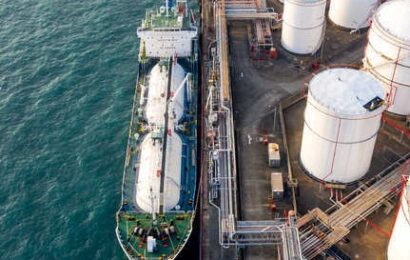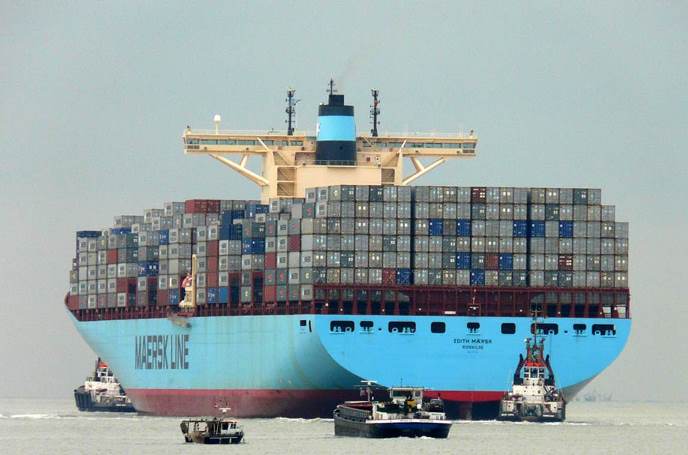
Nigeria’s largest container terminal operator, APM Terminals Apapa, has introduced onsite laundry services for the protective clothing of its employees.
In a statement on Sunday, Terminal Manager of APM Terminals Apapa, Steen Knudsen, explained that the onsite laundry service is part of the terminal operator’s effort to continuously reinforce two of its core values, constant care and our employees.
“This will further improve employee experience at the port.
“With this initiative, we aim to support our colleagues in taking good care of their protective clothing without any burden to them. This will save our employees valuable time and energy.
“Our teams in Health, Safety and Environment (HSE) and Procurement have put in great efforts to ensure that the laundry service will follow washing guide from the manufacturers to preserve the integrity of the Personal Protective Equipment (PPEs),” Knudsen said.
Knudsen noted that the Terminal Leadership Team would continue to develop initiatives that would make it easier for employees to do their work.
“In the past year, we have been investing heavily in improving our assets and facilities, and this journey continues.
“We will also continue to make deliberate investments in the training and development of our people, as the goal is to have an organisation that can truly deliver services of international standards to our stakeholders,” he added.
The Employee Relations Specialist of APM Terminals Apapa, Kingsley Udebor, said the introduction of onsite laundry service by the company had been proactively initiated and driven by the Terminal Leadership Team.
He noted that they are willing to provide additional value to employees by ensuring that operations personnel are always comfortably clad in clean PPEs, stress free.
“We hope that this unique initiative will further enhance employee experience in the terminal,” Udebor said.
APM Terminals Apapa is the largest container terminal in Nigeria, with an investment of over US$ 438 million in equipment, facilities and other elements of its operations.
Over the last 15 years, management of the terminal has continued to introduce new innovations to help both shipping lines and landside customers achieve improved supply chain efficiency and flexibility in a cost-effective manner.






